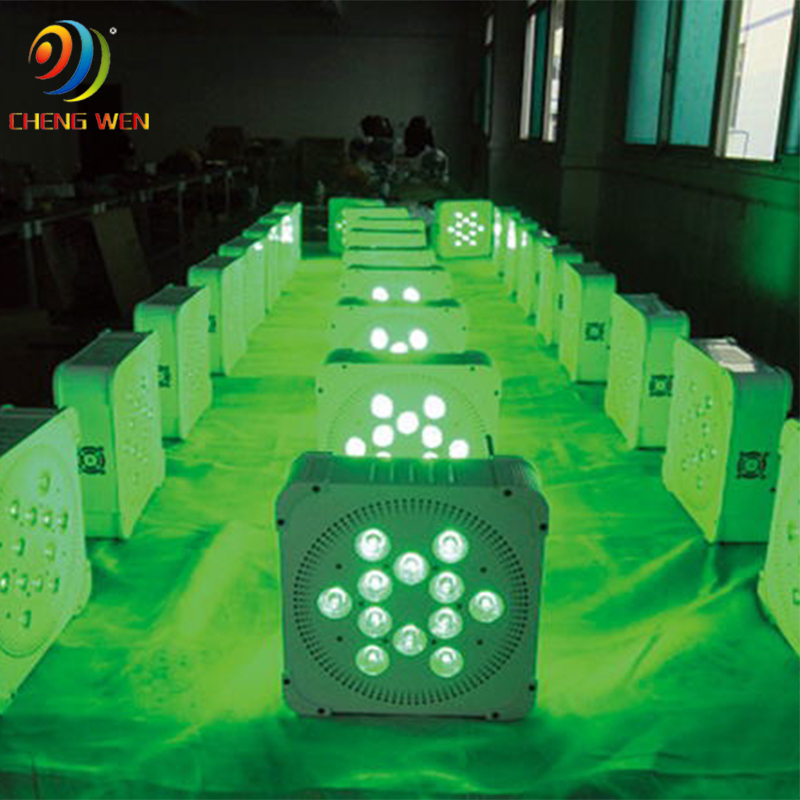Composite jacket zinc oxide surge arresters have gained widespread popularity due to their compact size, lightweight design, excellent explosion-proof and sealing performance, larger creepage distance, strong pollution resistance, and simplified manufacturing process. These features make them a preferred choice for many users. However, they are not without drawbacks, such as aging and electrical erosion of the jacket material. In this field, researchers are not only focused on improving the characteristics of zinc oxide varistors but also on enhancing the aging and electrical corrosion resistance of the insulation materials used in the jacket. Additionally, efforts are being made to optimize internal insulation structures and material properties to address the limitations of organic composite materials.
Zinc Oxide (ZnO) surge arresters, developed in the 1970s, represent a new generation of protective devices. They are primarily composed of zinc oxide varistors. Each varistor has a specific switching voltage. Under normal operating conditions, the varistor behaves like an insulator, offering high resistance. But when exposed to an overvoltage event, it rapidly switches to a low-resistance state, allowing the excess current to be safely diverted to ground. Once the overvoltage is removed, the varistor returns to its high-impedance state, ensuring the system remains protected. This makes ZnO arresters highly effective in safeguarding electrical equipment from lightning strikes and other transient voltage surges.
The structure of a composite jacket zinc oxide surge arrester typically includes several key components: a series of zinc oxide varistor elements that form the valve core, internal insulation materials made of glass fiber-reinforced thermosetting resin (FRP), a hot-vulcanized silicone rubber outer cover, silicone sealants, and internal electrodes along with external terminals and fittings. The design and production methods may vary among manufacturers depending on their technical capabilities and production processes.
To better understand the differences in performance between various structural designs, researchers have conducted comparative studies on four representative types of composite jacket zinc oxide arresters. These include A-type (epoxy glass prefabricated tubes), B-type (resin glass composite winding), C-type (resin glass composite winding with resin potting), and D-type (heat-shrinkable plastic sleeve and resin potting). These structures were tested to evaluate their electrical and mechanical performance under different conditions.
Each of these samples was fabricated into a resistor core and then bonded to a prefabricated silicone rubber jacket using adhesives. The ends were sealed with shield end caps to form a complete arrester sample. Additionally, an insulating test piece was created by replacing the resistor element with an insulating rod to simulate a “equal shape†arrester for internal and external insulation testing.
In order to assess the performance of these arresters, specific tests were conducted based on relevant international standards. Key tests included the 4/10 μs high-current impact test, which is critical for evaluating the ability of the arresters to withstand large surges. For the 34×20.5 mm resistors commonly used in these arresters, the IEC standard sets a target of 65 kA, which is considered the benchmark for advanced global technology. However, some Chinese manufacturers are still working towards meeting this level of performance.
This series is LED wireless battery par light, the wireless design makes it more portable, the chassis design is compact, the weight is moderate, and it is convenient to transfer in the place. In addition to the traditional DMX signal control, the convenient mobile app control has become a more convenient control method, and the color and brightness are not inferior to conventional par lights. Equipped with a flight case with a socket, it is convenient to charge the lamp anytime and anywhere, and it can be taken out for use when it arrives at the destination, and it can be used for 24 hours after being fully charged.

Wireless Battery Par Lights ,Wireless Battery Par Lights,Wireless Led Par,Wireless Led Par Lights
Guangzhou Cheng Wen Photoelectric Technology Co., Ltd. , https://www.cwdisplay.com